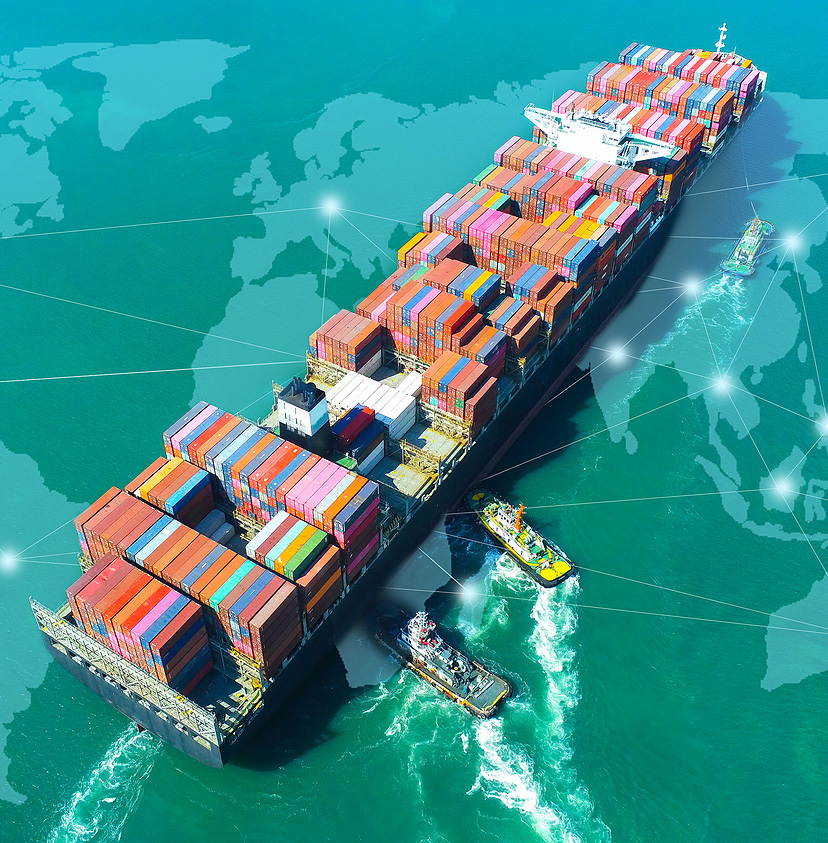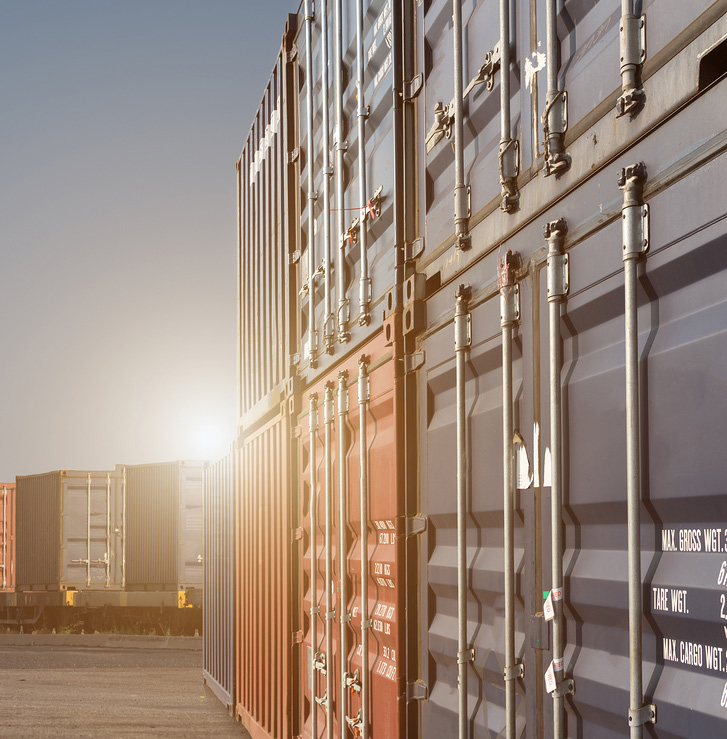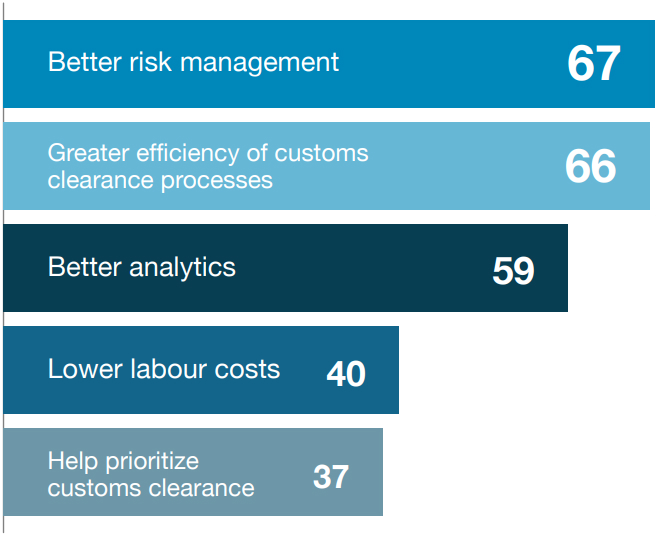THE CHALLENGES
OF GLOBAL TRADE
Managing global trade is complex, particularly given the constantly changing regulations and customs procedures. Businesses involved in international trade must navigate diverse regulations across various countries and keep pace with frequent updates to these rules. Balancing compliance with operational efficiency is a significant challenge in this context.
As businesses expand globally, they encounter various challenges affecting efficiency, costeffectiveness, and compliance.

Diverse Legal and Regulatory Environments
Companies face a complex array of legal and regulatory environments in global trade. Understanding and staying current with each country’s specific trade regulations and policies is vital. This task includes keeping updated with changes in customs procedures, tariffs, and trade agreements.
Adapting to these varying requirements swiftly is essential for maintaining compliance and ensuring operational efficiency in the international business landscape.
Opportunities and Risks in Trade Programs
Special trade programs offer duty and tax savings opportunities, but these benefits vary significantly across countries. Identifying and leveraging these opportunities requires expertise and careful planning. Concurrently, businesses must manage risks associated with international trade. High levels of scrutiny from regulatory bodies mean that non-compliance, even unintentional, can result in severe penalties.
This dual focus on capitalizing on opportunities while mitigating risks is a balancing act that requires strategic foresight and meticulous execution.
Supply Chain Security
Involvement in government security programs, though voluntary, can provide considerable benefits. Programs like the Customs Trade Partnership Against Terrorism (CTPAT), Partners in Protection (PIP), and Authorized Economic Operator (AEO) offer advantages such as reduced inspections and priority processing. These benefits enhance operational efficiency and improve a company’s reputation in terms of compliance and reliability. However, participation requires adherence to stringent security measures and procedures, demanding additional resources and continuous vigilance.
Customs Value and Transfer Pricing
Aligning transfer pricing with customs valuation is a complex task. It involves ensuring that intercompany pricing policies comply with tax and customs regulations. This alignment is crucial to avoid costly adjustments, fines, or penalties. Companies must conduct comprehensive analyses to maintain this balance, often requiring specialized customs and tax law knowledge.
Bonded Manufacturing Programs
Businesses using bonded manufacturing programs can achieve significant customs duty savings. However, they must also handle increased scrutiny from customs authorities. Especially in North America, where authorities rigorously check Free Trade Agreement claims, businesses must adhere to the specific requirements of these programs. Companies must also be well-versed in the complex rules of these programs and keep detailed records to support their claims.
Export Controls
The regulations governing exports, especially in the United States, add another layer of complexity. Companies must understand and comply with the regulations set by various departments, which control the export of goods based on their nature, destination, and end-use. Doing so requires a comprehensive understanding of the export control regime and often necessitates the implementation of stringent internal controls and processes.
Section 301 Tariffs
Implementing Section 301 tariffs by the United States, primarily during the US-China trade war, has necessitated strategic shifts in trade and supply chain operations and led to significant financial implications. While aimed at tackling issues like intellectual property theft and forced technology transfers, the implemented tariffs have significantly impacted American businesses and consumers, who now face substantial cost increases.
Since their introduction, American companies have paid over $188.22 billion in tariffs.1 This figure illustrates the economic weight of these policies on businesses. In 2021, this impact was particularly pronounced, with US consumers paying $48 billion in Section 301 tariffs for importing goods from China.2 This burden directly strains finances, often leading businesses to pass the additional costs onto consumers through increased prices of goods.
These tariffs have compelled companies to reassess their cost structures and supply chain strategies. Mitigating the effects of these tariffs is now a crucial part of international trade planning. It includes exploring alternatives such as diversifying supply sources or restructuring supply chains.
Additionally, the ongoing nature of US-China trade negotiations and policy adjustments remains critical. These negotiations have the potential to significantly influence market access and competitive positioning in the global trade arena, making it essential for businesses to stay informed and adaptable.













